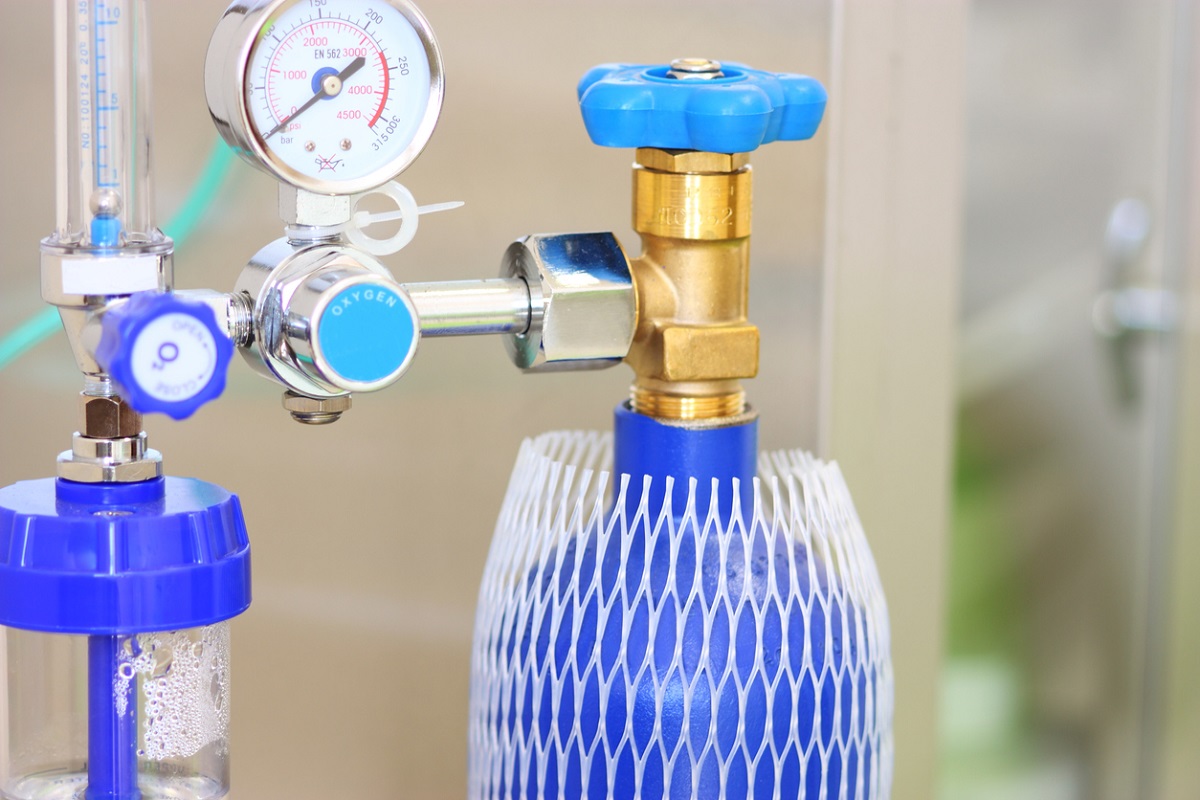From Madhya Pradesh, where four coronavirus patients died last September, and Maharashtra to Africa and Latin America, the severe shortage of medical oxygen has impeded the treatment of coronavirus at a critical juncture, specifically when a fresh bout of the dreaded ailment is sweeping several nations, including Britain.
The crippling scarcity of medical oxygen is no less dreadful than the disease per se. Warnings in Africa and Latin America were said to have been ignored, resulting in what doctors call “unnecessary deaths”. The scenario of doom and gloom has thus deepened a year or so after Covid-19 became a scourge.
It takes about 12 weeks to install a hospital oxygen plant and even less time to convert industrial oxygen manufacturing systems into medical-grade networks.
But in Brazil and Nigeria, as well as in less populous nations, decisions to fully address inadequate supplies only started being made last month, after hospitals were overwhelmed and patients started to die. The sluggish approach is inexplicable in parts of India, and in Africa and Latin America, both on the cusp of poverty and inadequate wherewithal to treat coronavirus. Indeed, the gap in the “availability of medical oxygen is one of the defining health equity issues,” was the lament of Peter Piot, director of the London School of Hygiene & Tropical Medicine. Doctors in Nigeria anxiously monitor traffic as oxygen deliveries move through the streets of Lagos.
It is a measure of the parallel crisis in healthcare that families of patients around the world sometimes turn to the black market. Governments take action only after hospitals are overwhelmed and the infected die. In Brazil’s Amazonas state, a pair of swindlers were caught reselling fire extinguishers painted to look like medical oxygen tanks. In Peru, people queued up to get cylinders for sick relatives.
While the desperation is less acute in India, there is no scope for complacency. Governments in the afflicted countries attempted to address the problem only after the lack of oxygen was blamed for the deaths of four people at an Egyptian hospital in January.
Six people perished for lack of oxygen in Pakistan in December. It would be critical to quote John Nkengasong, director of the Africa Centers for Disease Control and Prevention: “Medical oxygen is a huge critical need across the continent of 1.3 billion people and is a main reason that Covid-19 patients are more likely to die there during surges”.
Even before the pandemic, sub-Saharan Africa’s 2,600 oxygen concentrators and 69 functioning oxygen plants met less than half the need, leading to preventable deaths, especially from pneumonia, according to the World Health Organization. The number of concentrators has gone up to about 6,000, mostly from international donations, but the oxygen produced “isn’t pure enough for the critically ill”. The ballooning price of medical oxygen is no less a matter of concern.











